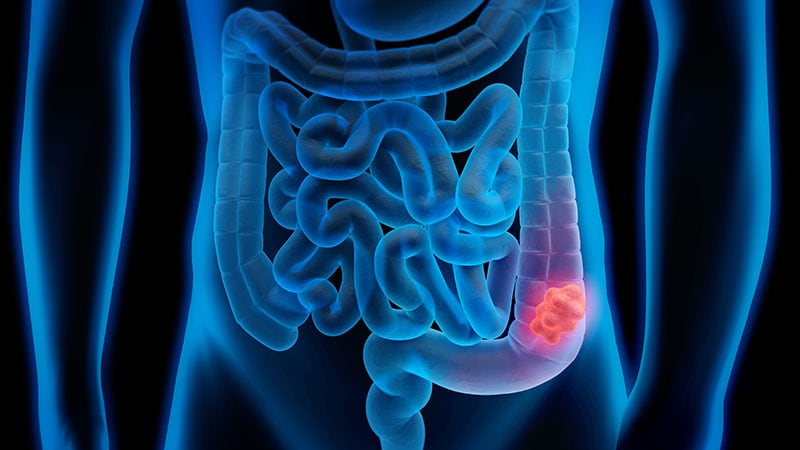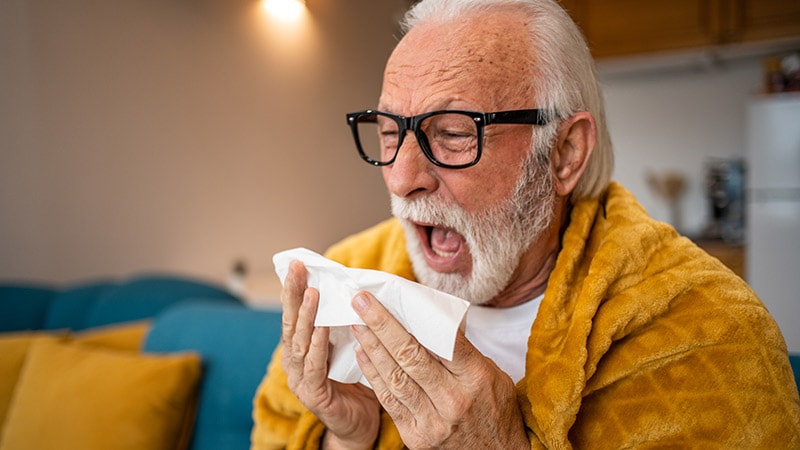The risk of SARS-CoV-2 transmission during aerosol-generating procedures continues to be a concern, largely because there is a lack of quantitative evidence on the number and size of airborne particles produced during aerosol-generating procedures.
To address this evidence gap, researchers from the University of Bristol, North Bristol NHS Trust and Royal United Hospital NHS Trust conducted real-time, high-resolution environmental monitoring in ultra-clean ventilation operating theatres during tracheal intubation and extubation. Continuous sampling with an optical particle sizer allowed characterisation of aerosol generation within the zone between the patient and anaesthetist.
Aerosol monitoring showed a very low background particle count (0.4 particles.l−1), allowing resolution of transient increases in airborne particles associated with airway management. A positive reference control quantitated the aerosol produced in the same setting by a volitional cough (average concentration, 732 [418] particles.l−1).
Tracheal intubation including face-mask ventilation produced very low quantities of aerosolised particles (average concentration, 1.4 [1.4] particles.l−1; P<.0001 vs cough).
Tracheal extubation, particularly when the patient coughed, produced a detectable aerosol (21 [18] l−1) which was 15-fold greater than intubation (P=.0004) but 35-fold less than a volitional cough (P<.0001).
The authors say the study does not support the designation of elective tracheal intubation as an aerosol-generating procedure. Extubation generates more detectable aerosol than intubation but falls below the current criterion for designation as a high-risk aerosol-generating procedure.
Commenting on the research, Professor William Harrop-Griffiths, Vice President of the Royal College of Anaesthetists said: “This important work suggests that key elements of the administration of a general anaesthetic to a patient with COVID-19 do not– as previously thought –pose an increased risk of infection by aerosol transmission to the healthcare workers in the same room as them."
“If manual lung ventilation and tracheal intubation are not deemed to be aerosol generating, this saves time, speeds up the delivery of care to patients in the operating theatre, and greatly increases the NHS’s ability to deliver planned surgical care."
“If the bodies responsible for health delivery in other countries accept this evidence, the scale of benefit to patients – while not putting healthcare workers at any additional risk – could be huge,” Prof Harrop-Griffiths added.


